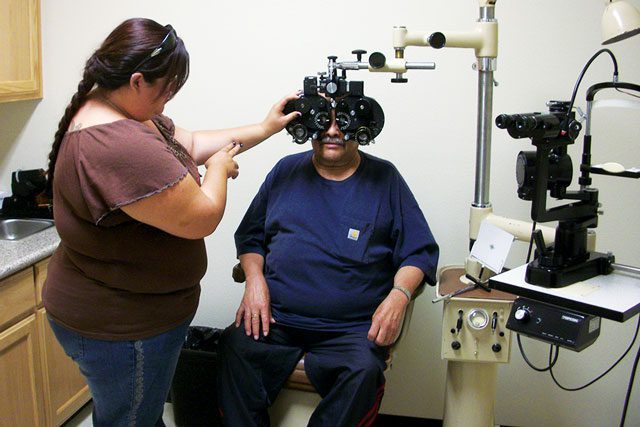The value in varying homelessness intervention strategies
Rapid re-housing has emerged in recent years to address family homelessness in the U.S., sometimes at the expense of proven transitional housing interventions. Yet, shifting funding from transitional housing to rapid re-housing dismantles the safety net for our most vulnerable citizens.
“Hospice” models such as rapid re-housing offer little incentive for clients to work toward independence as they do not require clients to be employed. Rapid re-housing agencies measure success by maximizing the amount of time a client remains housed with reduced harm to society. Research by the Department of Housing and Urban Development (HUD) on the hospice model shows societal benefits and cost savings. However, signs of significant recovery in measures such as diminished substance abuse and social integration suggest that little change occurs from the time of entry.
A joint statement from the National Alliance to End Homelessness, U.S. Interagency Council on Homelessness, HUD, and the Department of Veterans Affairs on rapid re-housing states that “participation in [rehabilitative] services should not be required to receive rapid re-housing assistance.”
Requiring may not be the best method of incentivizing recovery. Instead, offering further rental subsidies as payment for participation retains the voluntary nature of services while providing a strong incentive. The agencies above also require that rapid re-housing providers “make appropriate and time-limited services and supports available.” The key phrase here is “time-limited.” A time-limited “hospice” is a cruel intervention as the length required to reenter society varies by individual.
In contrast, transitional housing’s “hospital model” offers a time-limited subsidy with strong incentives toward future independence. The hospital model measures success by how rapidly the client can follow the often demanding and time-limited process of recovery and returning to relative independence.
Research by the University of Washington School of Social Work illustrates the advantages of incentivized participation in transitional housing recovery services. The evaluation of the Sound Families Initiative indicates that many homeless families initially expressed reluctance to participate in services, classes and training offered at their transitional housing facilities. By the end of their stays, however, they touted the value of the services.
As one examines the nature of rapid re-housing time limits, it is unrealistic to expect a few months, and at most two years, of landlord subsidies to yield comprehensive results such as those recorded for transitional housing. There is no credible research to suggest rapid re-housing offers a lease different in any way than the lease homeless clients have just been evicted from. While a roof over one’s head is crucially important, it does not address many of the psychological and emotional needs of many homeless families.
To effectively address family homelessness, our system requires a variety of options for families—more service models, not fewer. The continuum should include a multiplicity of strategies. There is a place for rapid re-housing, but it is not be mistaken as a panacea for homelessness.













